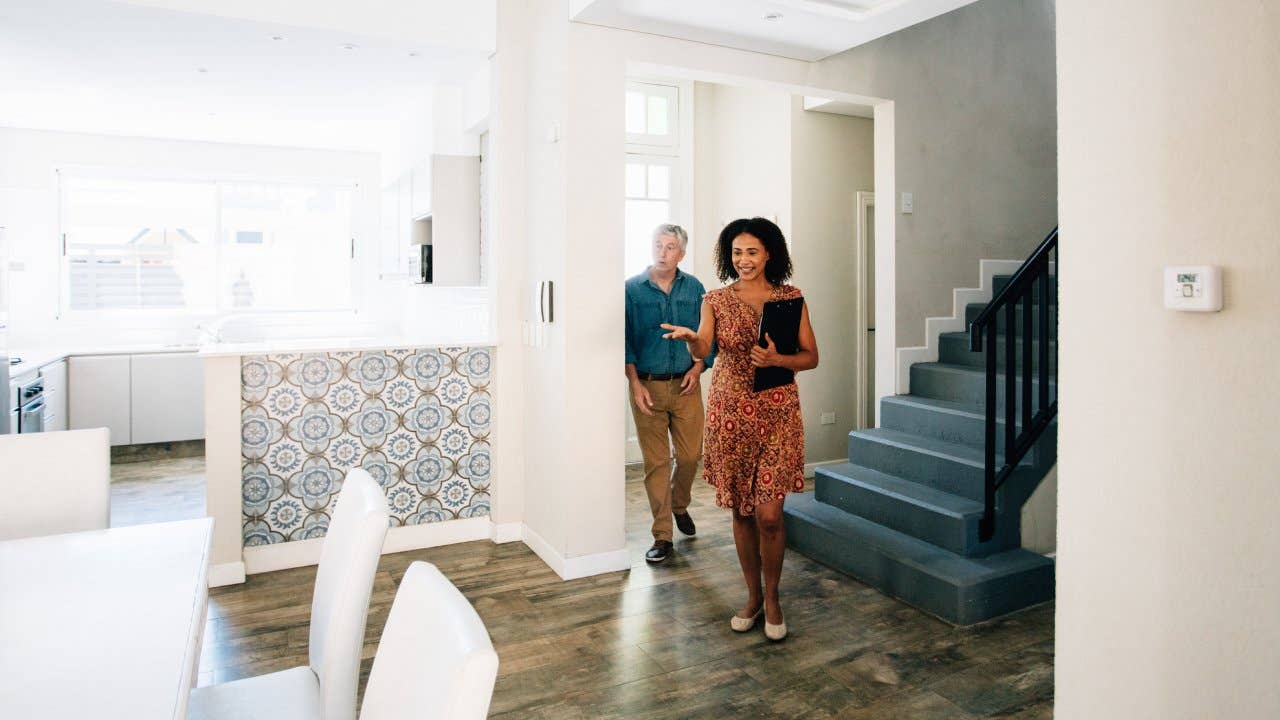Optimizing Residential Property Administration Procedures for Long-Term Profitability and Renter Retention

Efficient Interaction Approaches
Effective interaction is extremely important in maximizing property management operations. Efficient and clear interaction makes sure that all stakeholders, including homeowner, lessees, upkeep personnel, and administration, get on the exact same page, bring about smoother procedures and increased lessee contentment. One vital aspect of reliable communication is setting clear assumptions from the get go. Home supervisors ought to plainly detail lease terms, maintenance treatments, and communication channels to prevent misunderstandings down the line.
Using modern technology can additionally considerably boost communication efficiency in residential property monitoring. Executing residential property monitoring software program that allows for real-time updates, automated notifications, and very easy documentation can streamline communication processes and improve total operational efficiency. Furthermore, routine communication with numerous channels such as email, phone calls, and in-person meetings can help foster favorable partnerships with lessees and address any kind of concerns quickly.
Modern Technology Assimilation for Upkeep
In the world of residential property administration optimization, an essential element that enhances operational performance and upkeep processes is the assimilation of modern technology for simplifying upkeep jobs. By integrating modern technology right into upkeep operations, home managers can gain from improved work order administration, proactive upkeep organizing, and boosted interaction with maintenance groups and renters.
One considerable advantage of technology assimilation in maintenance is the capacity to streamline work orders and track maintenance demands digitally. This streamlines the process of receiving, appointing, and finishing maintenance jobs, resulting in quicker reaction times and increased lessee satisfaction. Additionally, predictive upkeep innovations can help in recognizing potential concerns before they intensify, minimizing the likelihood of expensive repairs and lessening downtime.

Data-Driven Decision Making
Making use of data-driven insights empowers property supervisors to make enlightened decisions that maximize operational efficiency and make best use of property performance. Quinn Realty and Property Management. By leveraging information analytics devices and technologies, property managers can extract important info from various sources such as occupant feedback, maintenance documents, and market trends. This data can supply essential understandings into tenant preferences, functional traffic jams, and cost-saving opportunities
Data-driven decision-making allows residential or commercial property supervisors to identify patterns and trends that might not be noticeable through standard observation. Examining upkeep information may reveal recurring issues in i thought about this specific units, allowing managers to proactively deal with underlying problems and stop future costly fixings. By keeping track of lessee fulfillment metrics and lease revival prices, property supervisors can tailor their solutions to fulfill occupant expectations, ultimately boosting lessee retention and long-lasting earnings.
Moreover, data-driven understandings can also inform critical investment decisions by highlighting locations for enhancement or expansion based on market demand and performance metrics. In general, incorporating data-driven decision-making procedures right into home management operations can bring about much more effective resource allotment, improved lessee contentment, and enhanced earnings in the lengthy run.
Renter Satisfaction Efforts
Attracting insights from data-driven decision-making, building managers can execute targeted tenant complete satisfaction initiatives to boost overall leasing experiences and foster lasting tenant connections. By understanding renter choices and pain factors, residential or commercial property supervisors can tailor their solutions to satisfy the details needs of their occupants, ultimately resulting in greater fulfillment degrees and enhanced occupant retention prices.
One effective renter contentment initiative is to establish clear lines of communication with occupants to address any kind of worries without delay. Normal feedback surveys can also provide useful understandings right into tenant complete satisfaction levels and areas for renovation. Residential or commercial property managers can use this comments to make needed changes and show occupants that their point of views are valued.

Furthermore, organizing community occasions and services that satisfy the passions of occupants can produce a sense of belonging and boost overall satisfaction. By cultivating a favorable and interesting area setting, residential or commercial property supervisors can reinforce lessee relationships and encourage lasting leases, eventually increasing success and renter retention in the long run.
Improving Functional Procedures
Efficiency is paramount in building management, demanding the optimization of operational procedures to improve productivity and optimize sources. Simplifying operational procedures includes recognizing areas for renovation, eliminating redundancies, and carrying out systems that boost overall performance. One key element of enhancing operational processes is the assimilation of technology options such as home management software application, which can automate jobs, improve interaction, and give real-time information insights. By digitizing procedures like upkeep requests, lease collection, and lease revivals, building managers can conserve time, decrease mistakes, and improve occupant satisfaction.
Furthermore, executing standardized procedures and process can aid create consistency across properties, have a peek here reduce confusion, and streamline day-to-day procedures. Routinely evaluating and optimizing these processes is necessary to adapt to changing market conditions, tenant needs, and governing needs. By continually seeking means to improve operational procedures, residential or commercial property managers can not just boost their very own performance however likewise deliver far better solutions to tenants, ultimately leading to lasting earnings and renter retention.
Conclusion
To conclude, optimizing property monitoring operations via effective communication, modern technology assimilation, data-driven decision production, occupant complete satisfaction initiatives, and enhancing processes is important for lasting success and tenant retention. By carrying out these techniques, residential property supervisors can improve operational efficiency, lower expenses, and improve tenant contentment, ultimately bring about boosted earnings and tenant commitment. It is crucial for building management business to constantly review and adjust their operations to fulfill the evolving requirements use this link of both lessees and the market.
Clear and reliable communication makes certain that all stakeholders, consisting of home proprietors, tenants, maintenance personnel, and monitoring, are on the same page, leading to smoother operations and raised tenant complete satisfaction - Quinn Realty and Property Management. By monitoring tenant complete satisfaction metrics and lease revival prices, residential property managers can customize their solutions to satisfy lessee expectations, inevitably boosting tenant retention and long-term profitability
By continuously seeking methods to streamline functional procedures, home managers can not just enhance their own efficiency but also deliver far better services to renters, ultimately leading to long-term success and tenant retention.
In conclusion, maximizing residential or commercial property administration operations through reliable interaction, modern technology integration, data-driven choice production, occupant complete satisfaction initiatives, and streamlining processes is important for long-term productivity and occupant retention (Quinn Realty and Property Management). By carrying out these techniques, residential or commercial property managers can improve functional effectiveness, reduce prices, and improve tenant complete satisfaction, ultimately leading to boosted success and tenant commitment